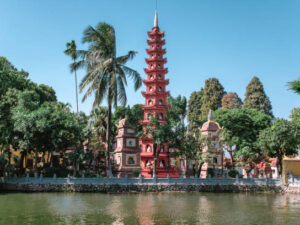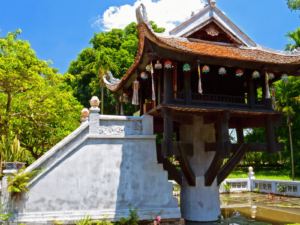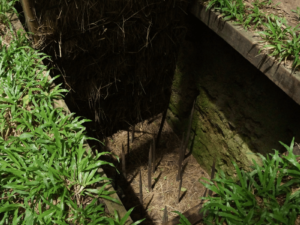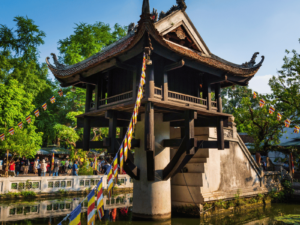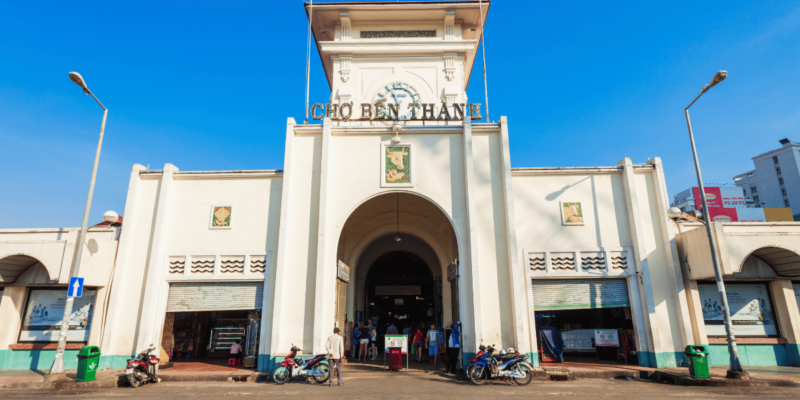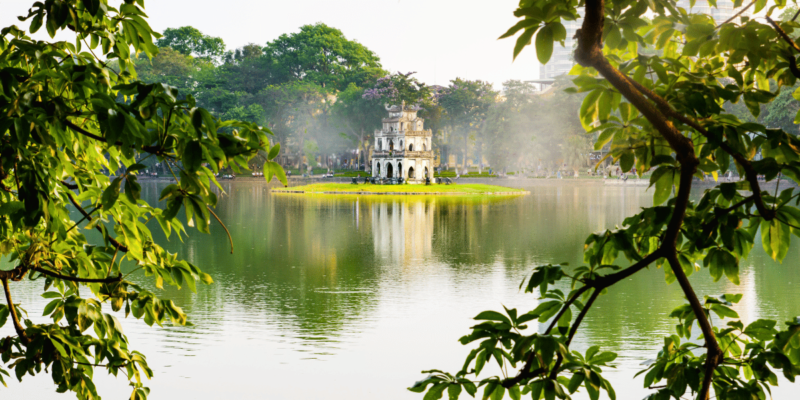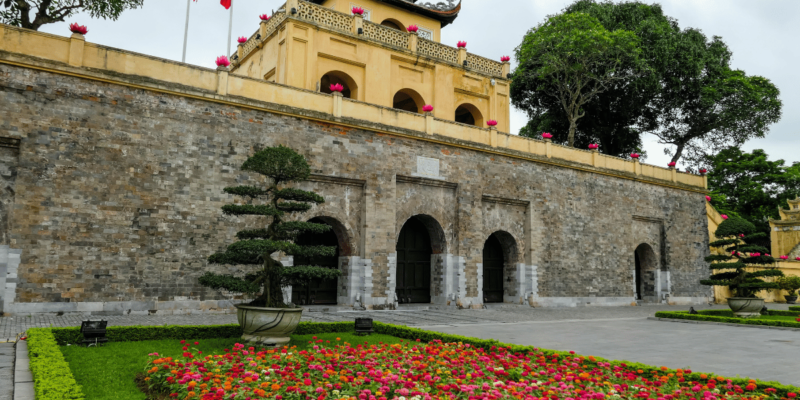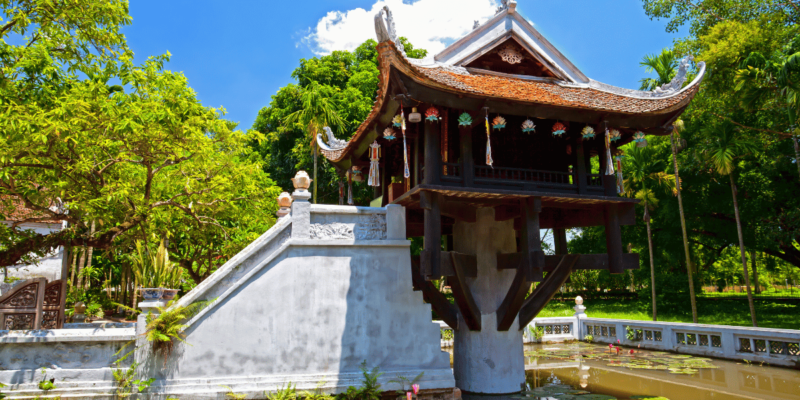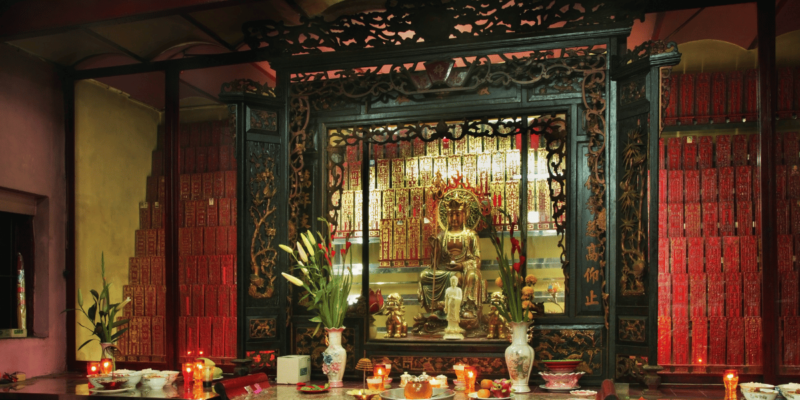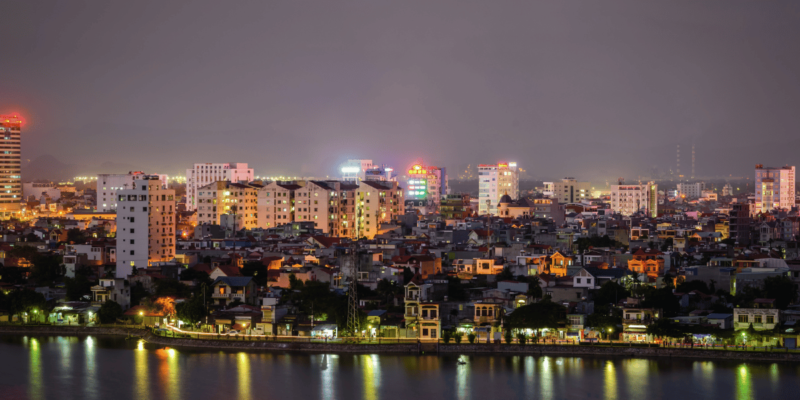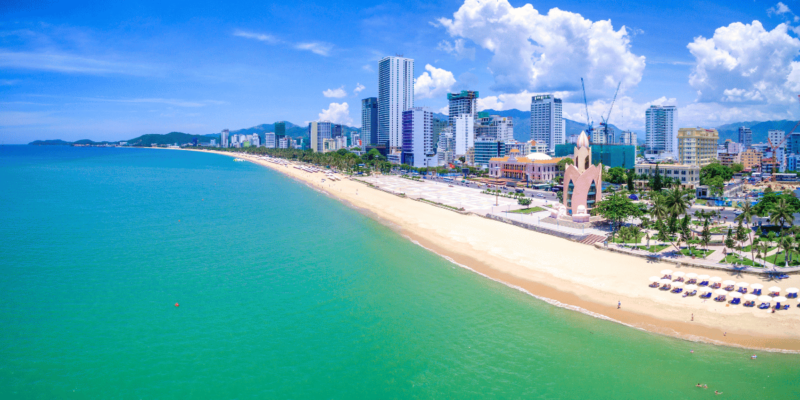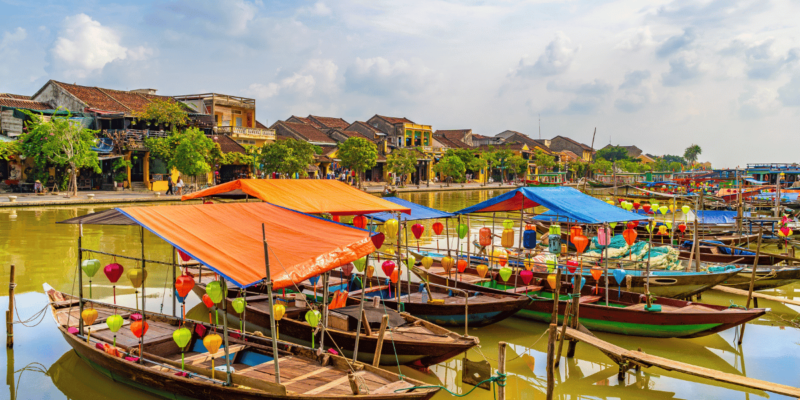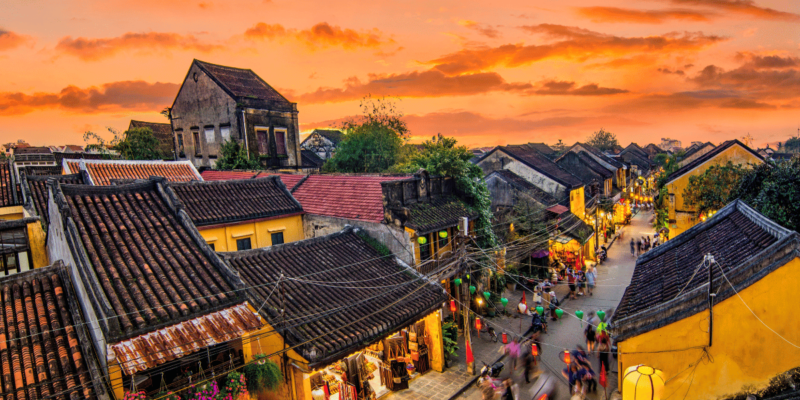Exploring Hoi An: A Journey Through Time in Vietnam’s Ancient Port Town
Hoi An, a gem located in Quang Nam province approximately 35km south of Danang, stands on the banks of the Thu Bon river. Historically a bustling port town, Hoi An has transformed into a well-preserved World Heritage Area and a favorite destination for visitors drawn to its old-world charm and cultural richness. The town, enveloped by modern municipal growth, retains its ancient allure, complemented by its proximity to the beautiful Cua Dai Beach and an array of quality hotels and restaurants, making it an ideal stop in a comprehensive tour of Vietnam.
Despite commercialization, Hoi An manages to maintain a quaint ‘village’ atmosphere. The ancient town is renowned for its well-preserved streets lined with old wooden buildings, myriad silk shops, and the engaging river trips it offers. A highlight for many visitors is the enchanting monthly ‘return to the past’ evening, where the town eschews modern conveniences like traffic and electricity in favor of lanterns and traditional costumes, creating a magical, immersive experience in Vietnamese culture.
Hoi An’s rich history dates back to when the area caught the interest of the Chinese during the Cham Empire. The town’s strategic location was recognized in the early fifteenth century, but it wasn’t until the early 1600s that it was established as a major port by Nguyen Phuc Nguyen. Known then as Fai Fo, it rapidly became a melting pot of cultures due to its vibrant trade with Japanese, Chinese, and later European and other Asian traders. These international interactions created a prosperous community that featured a blend of architectural styles and cultural influences, visible even today.
The town’s fortune waned by the late 18th century as the river silted up and trade shifted towards other ports like Danang. However, its renaming to Hoi An in 1954 marked a new chapter, especially following its inclusion in UNESCO’s World Heritage List, which spurred its growth as a tourist hub.
Today, visitors to Hoi An can explore the ancient town, participating in a ticket scheme that helps fund renovations. Each ticket allows access to multiple historic homes and temples, enhancing the visitor’s experience and engagement with the town’s heritage. Dining in Hoi An is a delight with numerous restaurants serving both local specialties and international dishes. The town is also famous for its silk, with many shops offering custom tailoring services.
For those up early, the riverside market provides a fascinating glimpse into local life as night fishing boats bring in their fresh catch. Explorations beyond the town center reveal craft villages and the untouched beauty of Cham Island, known for its beaches, snorkeling, and traditional fishing villages.
Nearby attractions include the scenic Cua Dai Beach, renowned for its clear waters and sandy shores lined with palms and pines. For those looking to explore further, the Marble Mountains and the My Son Sanctuary offer enriching half-day trips that delve deeper into the region’s history and natural beauty.
Hoi An is not just a historical relic but a living, breathing cultural experience, offering visitors a rich tapestry of history, traditional crafts, and serene landscapes, all accessible by foot, bike, or a short drive.






